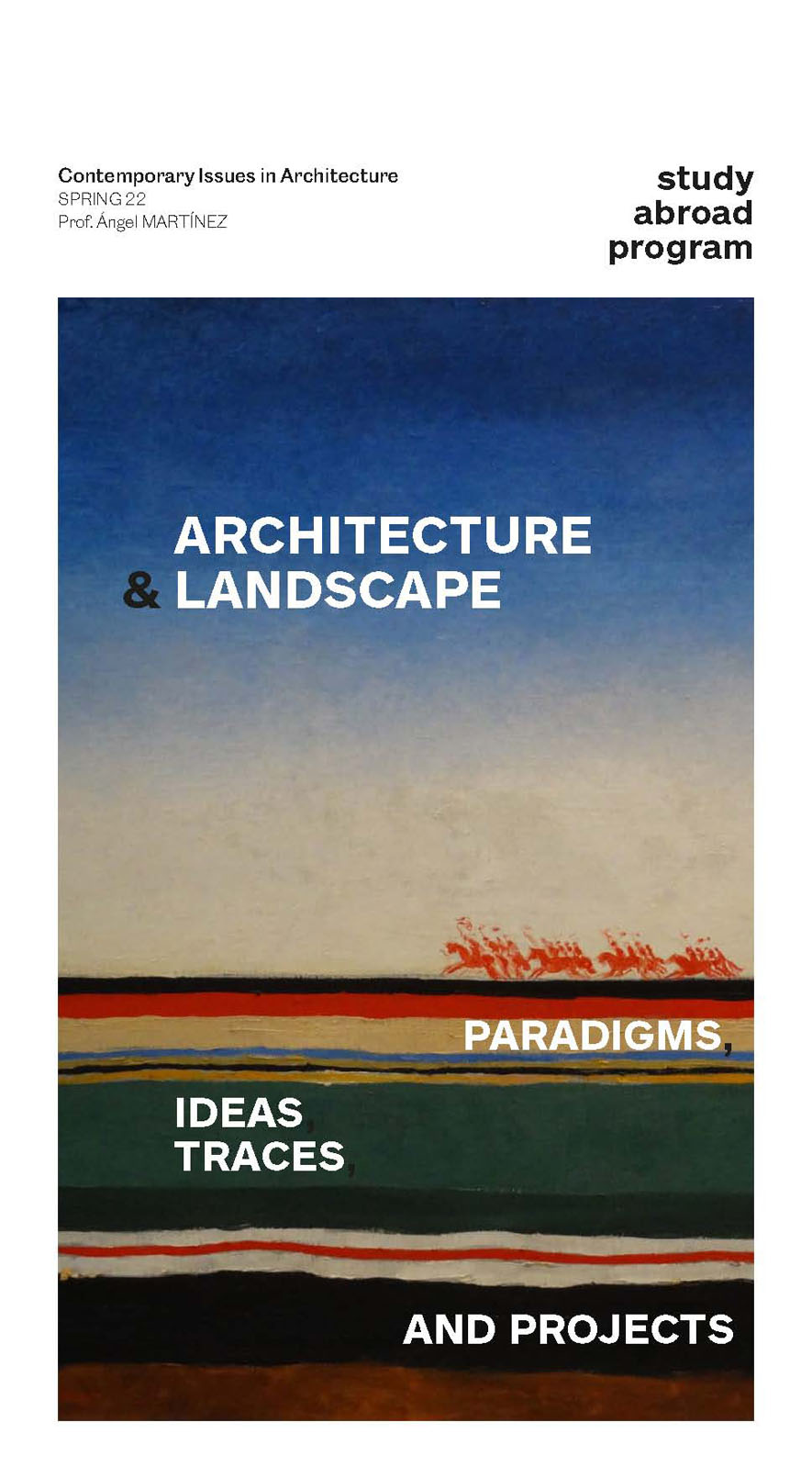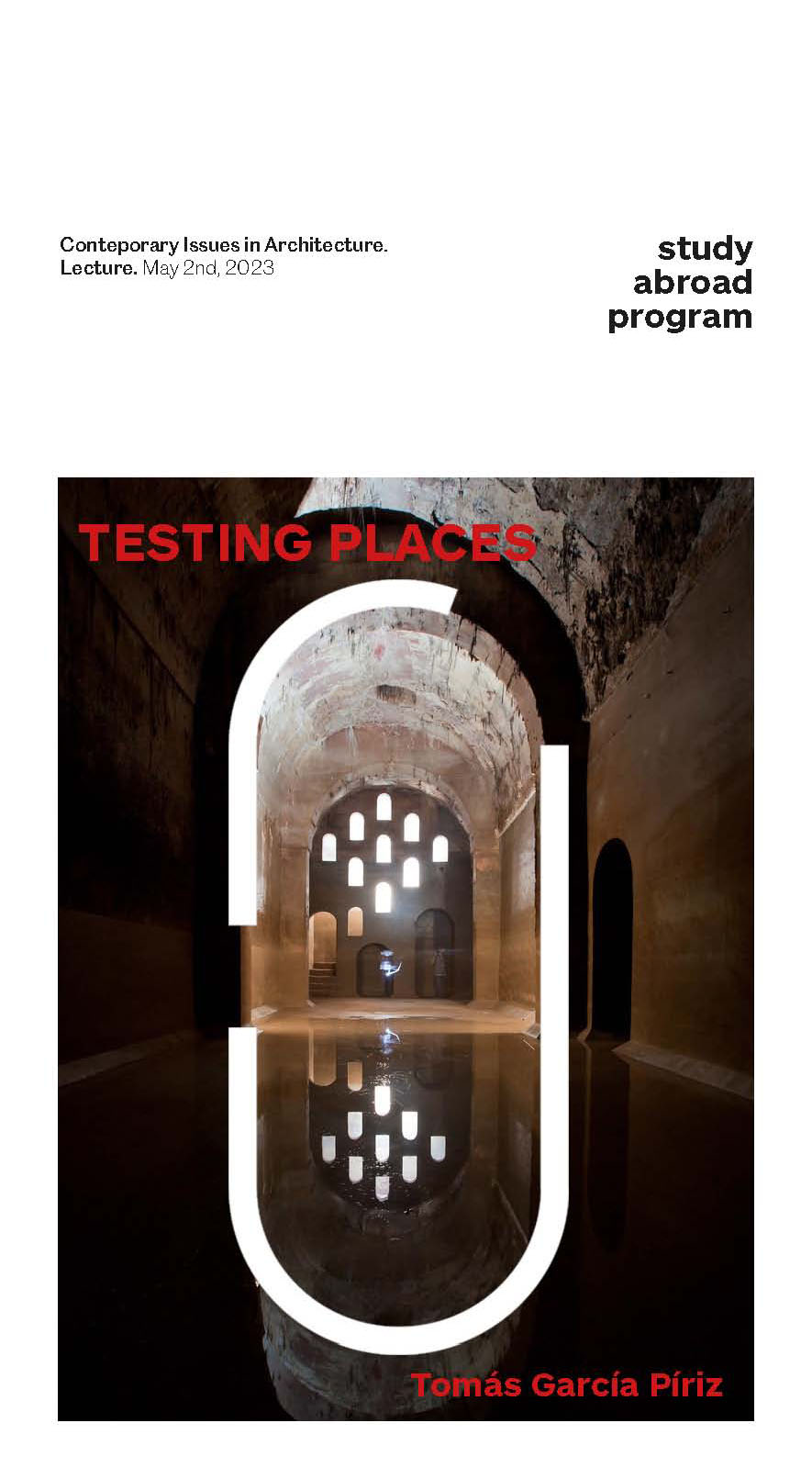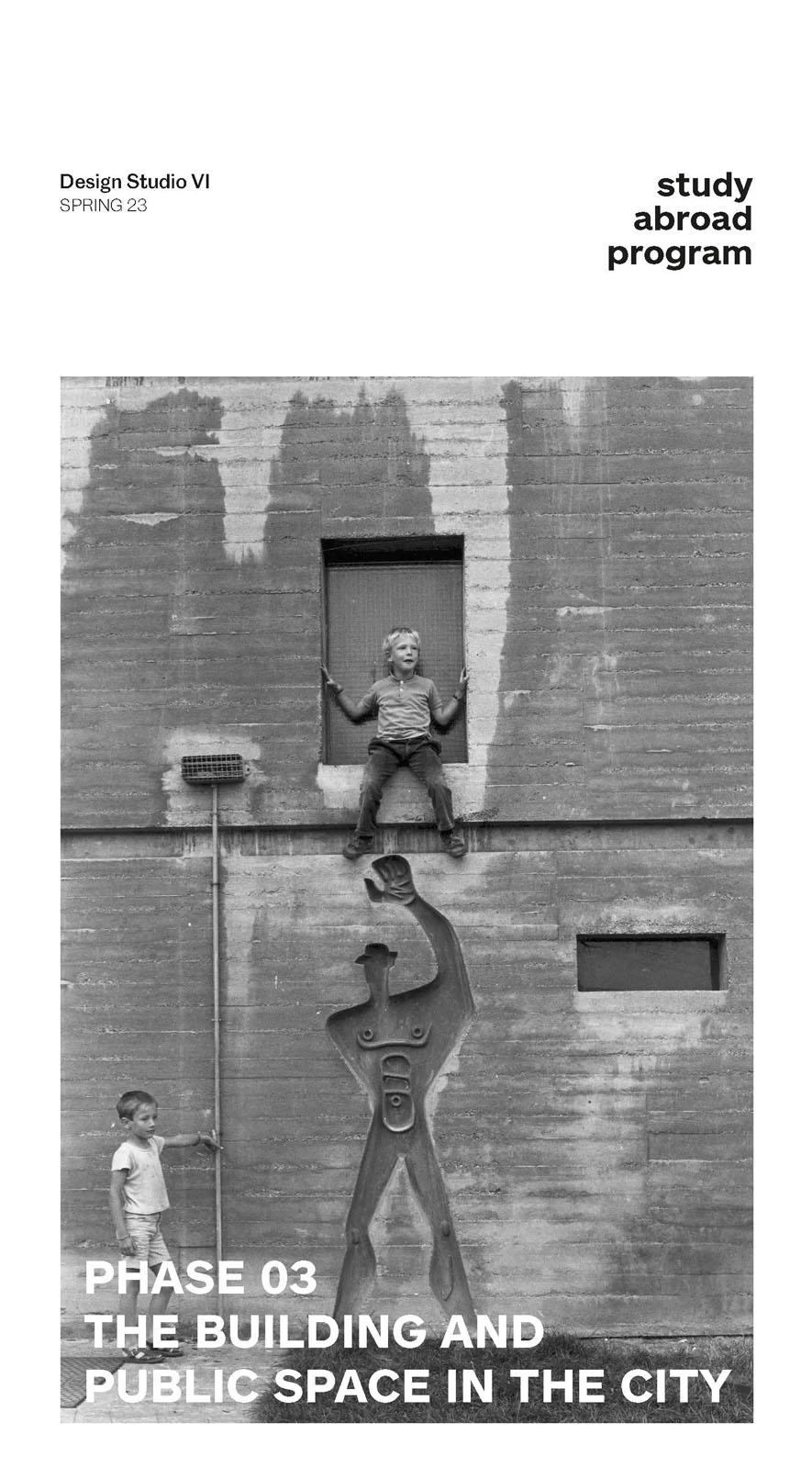Architecture
SEVILLA AS A LIVING LABORATORY
Sevilla is an extraordinary city that fuses centuries-old stories, urban principles from diverse cultures, and the interplay between public and private spaces. Its built fabric, shaped by internal courtyards and surrounding landscapes, offers endless inspiration.
Plaza de España
Constructed for the 1929 Ibero-American Exposition, the Plaza de España exemplifies Spain’s architectural blend of Renaissance Revival and Neo-Mudejar styles, symbolizing unity among the nation’s provinces.
Metropol Parasol (Las Setas)
Completed in 2011, this innovative wooden structure by architect Jürgen Mayer merges modern engineering with public space design, redefining the heart of Sevilla’s historic center.
Seville School of Dramatic Arts
18th-century building known for being a breeding ground for great performers such as Pablo de Olavide
Torre Sevilla
Completed in 2016, Torre Sevilla rises 180 meters above the Guadalquivir River as a symbol of the city’s forward-looking urban development and economic vitality.
Program Overview
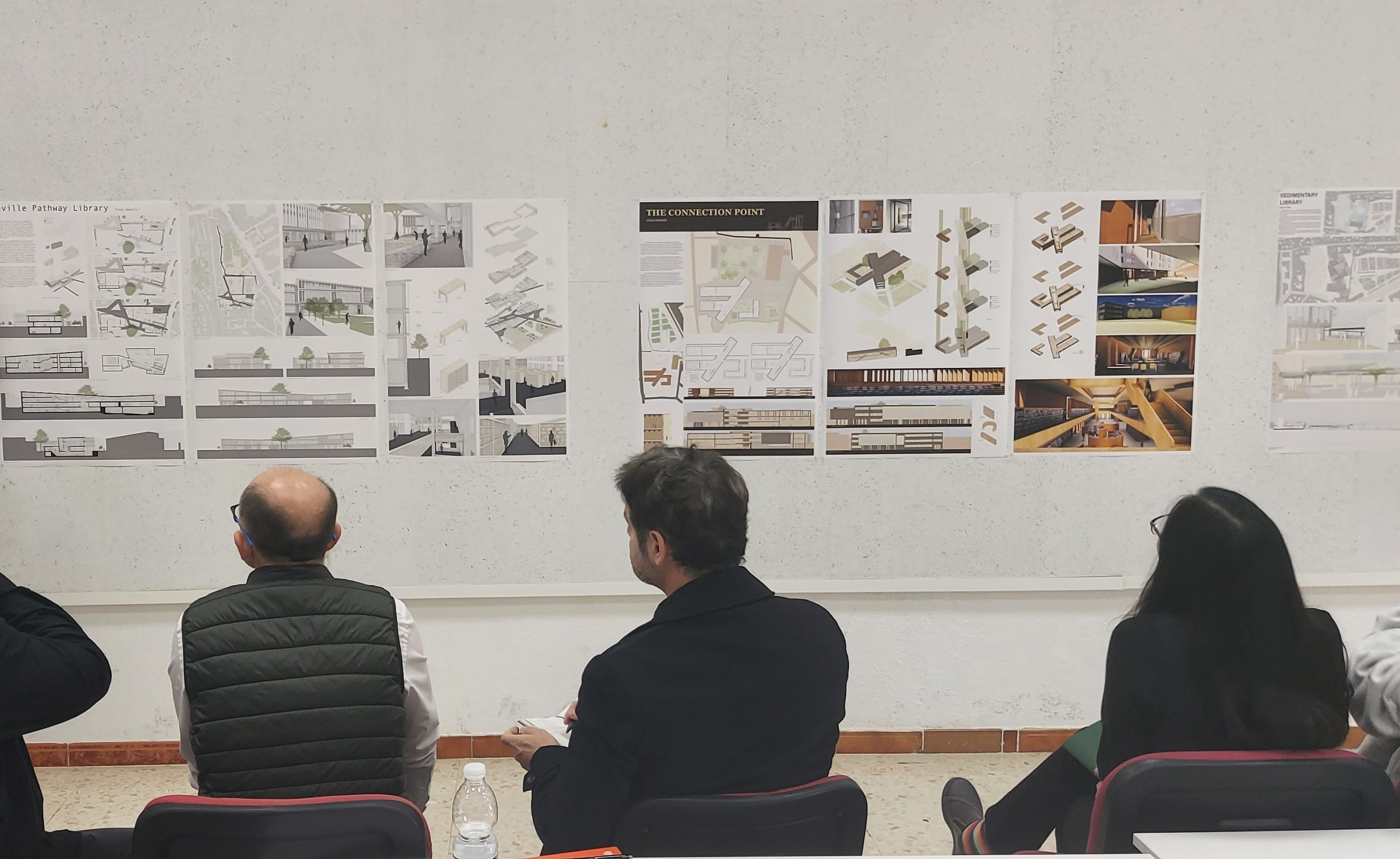
The semester abroad program in architecture offers immersion into topics that shape the city today through analytical exercises, critical readings, walking tours, invited guest lectures, design meetings, office visits, and other events.

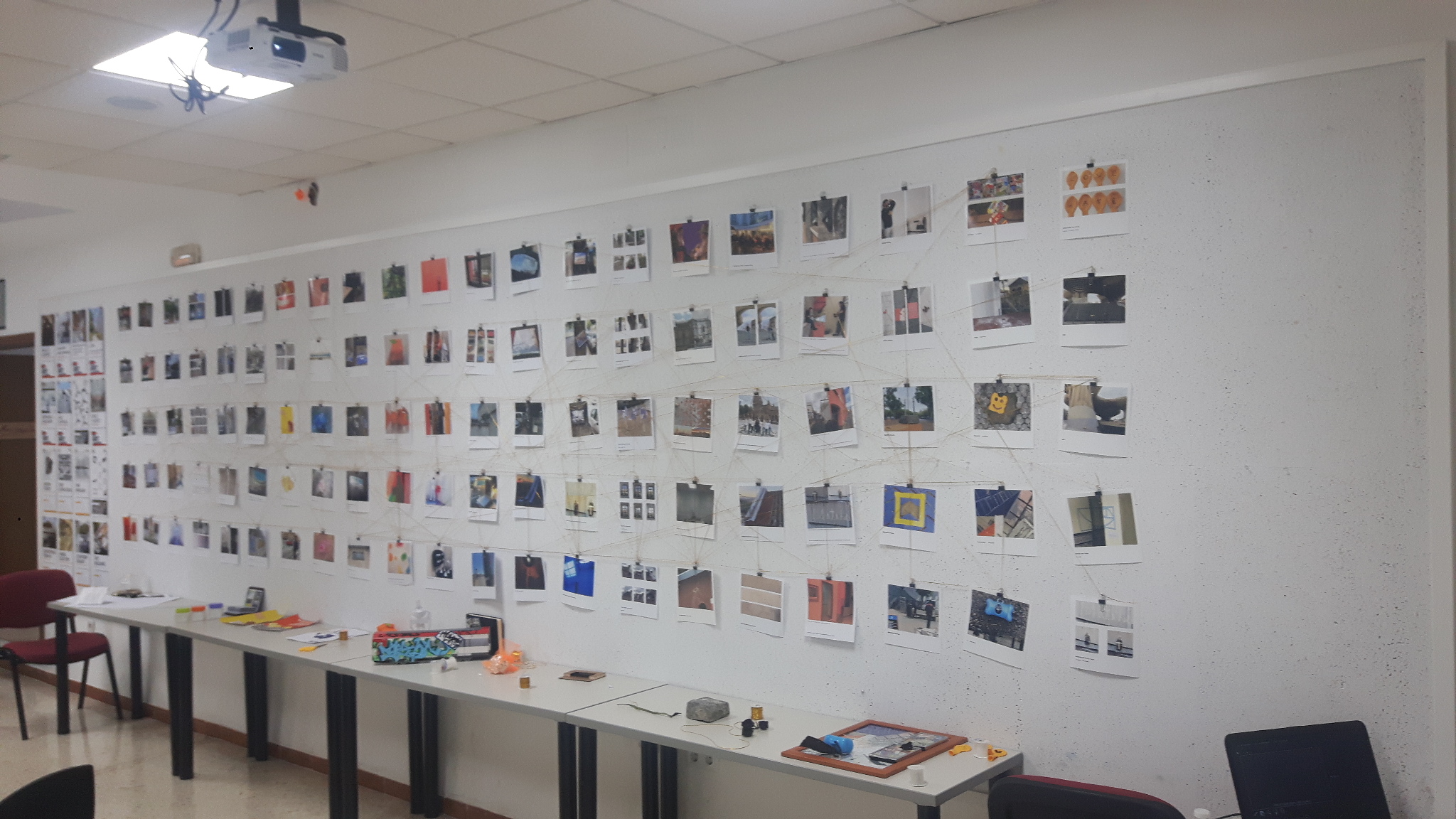
Excursions & Field Trips
Excursions are an integral part of the program. These range from half-day visits to nearby towns like Itálica, trips to nearby cities such as Córdoba or Granada, and a special excursion to Barcelona. Students are also encouraged to explore other destinations on their own, supported by preparatory lessons.
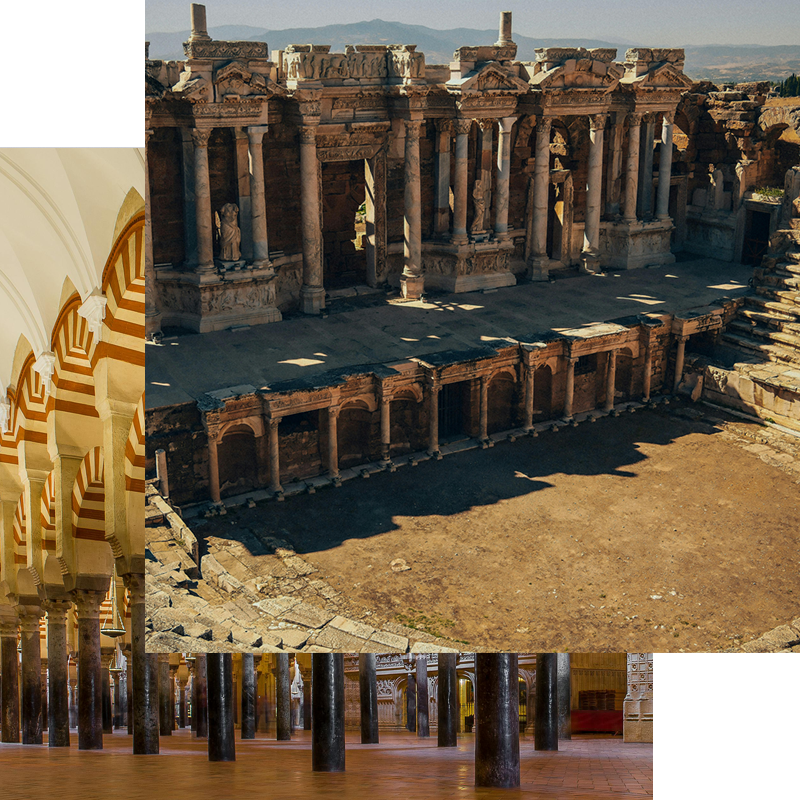
Design & Cultural Context
Throughout the semester, students and professors engage in exploring Sevilla’s cultural, historical, and environmental layers. This work culminates in the design of a public building and an open public space on a site with deep historical roots, highlighting the role of architecture as both a cultural and social practice.
Learning in the Heart of the City
The campus’s central location enables a continuous exchange between classroom work and the city itself. For architects, the city is a book written and read in real time—a permanent work in progress.

